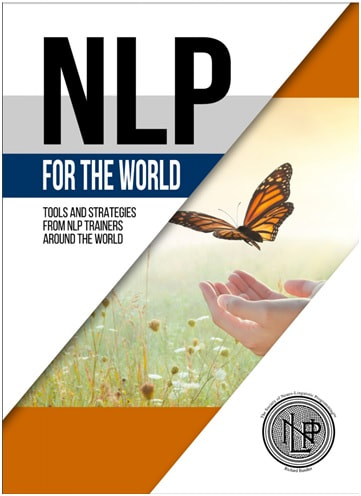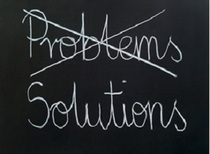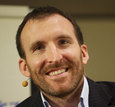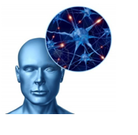|
"...Change the way you think, changes the way you feel, and thus changes how you perform!..." Dr. Richard Bandler www.Richard Bandler.com
0 Comments
NLP for the World-Ebook |
Categories
All
NLPSuccessByDesignDiscover your Strengths. Transform your-Self. Archives
March 2024
|







 RSS Feed
RSS Feed